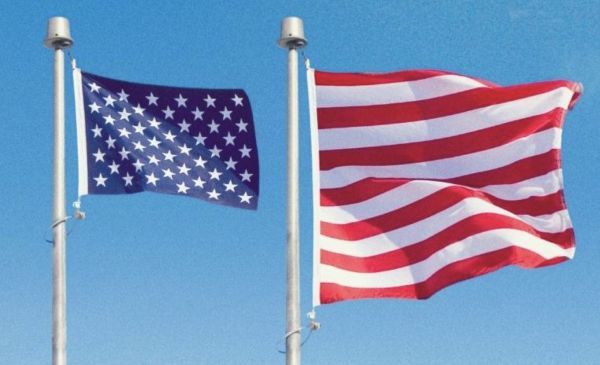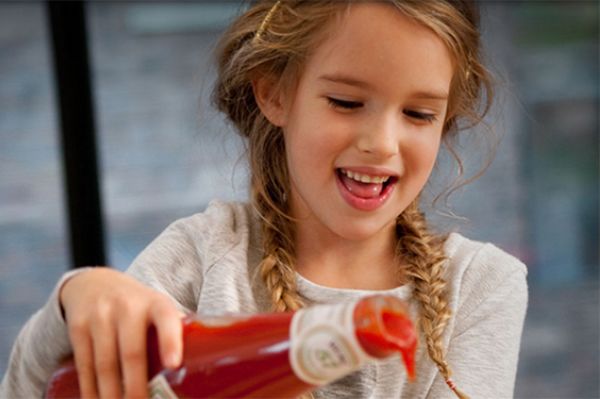
The Presidential campaign is over, but the campaign to restore America has just begun. People are the fabric of any democracy and the frayed narrative of our Union must be rewoven to include everyone.
Our origin myth needs to emphasize the essential fact that we are a nation of immigrants. Whether our descendants wandered here thousands of years ago or were forced here against their will due to slavery, religious intolerance, economic upheaval or war. We are all immigrants. Therefore, it is humane and necessary to greet newcomers with empathy and compassion, rather than fear and hatred.
We must rewrite our foundational myths to be inclusive. And factual. Even a crew of mythic Western cowboys, for example, was a hybrid stew of Scotch-Irish, Hispanics, Blacks and the occasional female or Native American.
One more thing. We forget that three of our largest corporations—Amazon, Apple and Google— were founded by the children of immigrants. These multinational corporations provide opportunity for hundreds of thousands of people and are a large part of our national psyche and value.
It is worth a moment to wonder which parents and children of the future we may have turned away? What future opportunities have been lost?
What we believe in as a nation, the very idea of a democracy, is being challenged. Although this democracy called the United States of America has been handed down by our forebears, it is not a given. At best, it is a working experiment. We must celebrate our uniqueness—we are an independent state with independent people of many creeds and colors. But we are also interdependent. We may not always feel this accord, but we need one another.
We believe in freedom and justice for all. This belief is not felt equally by all of our citizens, which is our challenge. If there is an American Dream, it is to feel free and equal in a boundless nation.
New Meaning And New Substance Is Required
We must put new substance and meaning behind the words “democracy,” “freedom for all,” “equality” and “social justice.” These have become clichés, and they do not have to be. We must expunge words intended to inspire hate and division. Those words include “fake news,” “far left,” “far right,” “radicals,” and more.
If we create words that divide us, we can also create words that bring us together. The 2000 U.S. Census declared that by 2025, Caucasians would become the minority and that other ethnicities (the so-called minorities) would become the majority. Those days are upon us and we must starve out the political rhetoric and stereotypes intended to feed racism or hate on both sides.
We must remember (paraphrasing Dr. Martin Luther King) that we should not judge anyone by the color of their skin, but by the quality of their words and actions.
What are we against? We are against systemic racism and injustice, whether social or economic. We are tolerant of other religions and frown on religions that are intolerant of others. As a friend reminds me, devotion, nurturing and will are foundational keys to creating new unity.
The purpose of leaders is to make their populations feel safe. The former President worked tirelessly and needlessly to divide us into camps of good and evil, strong and weak, privileged and working class, successes and failures. Never before have we been reminded of our differences, while disregarding what makes us strong, unique and united.
The Role Of Corporations And Brands
This is where corporations and brands can actively make a difference. It is not underheard of for corporations to take up the slack for social purpose. The multi-corporate [RED] campaign partnership to fight AIDS, TimeWarner Cable’s $100 million initiative to support Science, Technology, Engineering and Math (STEM), The Bill and Melinda Gates Foundation’s many efforts in science and education.
Let’s remind ourselves that everyone belongs. Everyone counts. Everyone has a choice and everyone has a chance. These are the elements of the new narrative for these United States—some we have heard before, which makes them no less important. They bear repeating.
The rebranding of these United States starts now. Forward.
Contributed to Branding Strategy Insider by: Patrick Hanlon, Author of Primal Branding
The Blake Project Can Help: Get actionable guidance from the experts on Building Brand and Business Meaning
Branding Strategy Insider is a service of The Blake Project: A strategic brand consultancy specializing in Brand Research, Brand Strategy, Brand Growth and Brand Education
FREE Publications And Resources For Marketers
from WordPress https://glenmenlow.wordpress.com/2020/11/12/the-rebranding-of-america/
via IFTTT



